iMessage is a great native instant messaging platform available for Apple Devices. One great functionality of iMessage is that it can sync across all your Apple devices that are linked with the same Apple ID. This translates to great convenience as you can pick up your conversation right where you left off even after switching the devices.
However, many times you can face an issue where messages on your macOS device and iOS device are out of sync and you are not able to receive recent messages on the former device.
Fortunately, the issue seems to be software-based, and hence, can be easily resolved by yourself. However, before you get into fixing the issue on your macOS device. Let’s first understand what could be the potential reasons for this issue, so you can be mindful regarding them and avoid facing such a hassle in the future.
Why iMessages do not Sync Across Devices?
In a typical scenario, your iOS or iPadOS devices are always connected to the Internet and are always active, while a macOS device is turned off, put to sleep, or is sitting idle without having an active internet connection. Due to this reason, it takes the macOS devices a bit more time to retrieve the messages from the server when compared to iOS or iPadOS devices.
Peculiarly, many of the users also tend to face this issue when they have recently received a major update to their iOS/iPadOS devices, though Apple takes utmost care of not hampering the user experience even after a major upgrade, such issues tend to exist.
That being said, as mentioned earlier, the issue is easily resolvable by yourself. Since now you are acquainted with the ‘Why’ of the issue, let’s move ahead towards the solutions to it.
Method 1: Make Sure you are Reachable on your macOS Device
iMessages can be delivered directly to your number and your Apple ID, many a time, the cause of the issue is you are not reachable on your Apple ID and only on your mobile number that created the out-of-sync issue among the devices.
To make sure you are reachable, first, open the ‘Messages’ app on your macOS device either from the dock or from the launchpad.
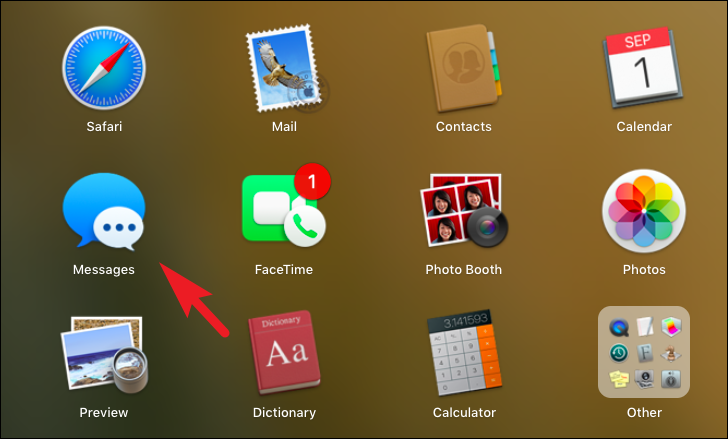
After that, click on the ‘Messages’ tab present on the menu bar to reveal the overflow menu. Next, click on the ‘Preferences’ option from the list to continue. This will open the ‘Preferences’ window on your screen.

Now, on the ‘Preferences’ window, click on the ‘iMessage’ tab. Then, locate the ‘You can be reached for messages at:’ section and click to tick the checkbox preceding your Apple ID address to start receiving iMessages, if not already checked.
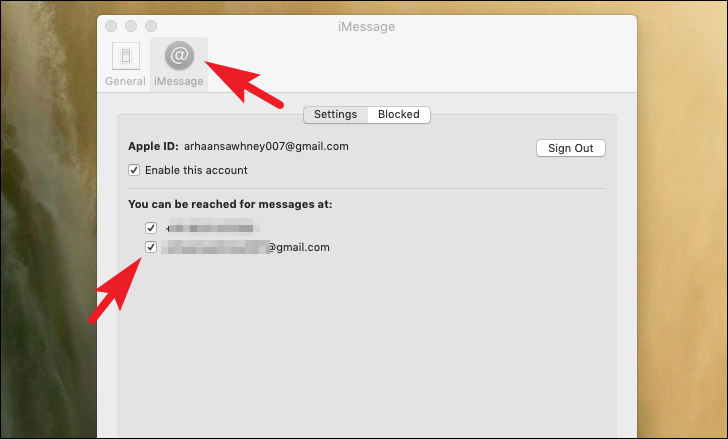
In case you were already reachable at the Apple ID, head to the next section and try out the next fix.
Method 2: Sign Out from iMessage and Sign in Again on both the Devices
One of the solutions is to sign out from iMessage and sign back in. A simple reboot of the iMessage can trigger the syncing of iMessage across your devices.
Sign Out and Sign in Again in iMessages on macOS Device
Turning off iMessage on a macOS device is a pretty straightforward process and only takes a couple of clicks.
To do so, first, launch the ‘Messages’ app either from the dock or from the launchpad of your device.

Next, click on the ‘Messages’ tab present on the menu bar located on the top section of your screen to reveal the overflow menu. Then, locate and click on the ‘Preferences’ option to continue. This will open a separate window on your screen.
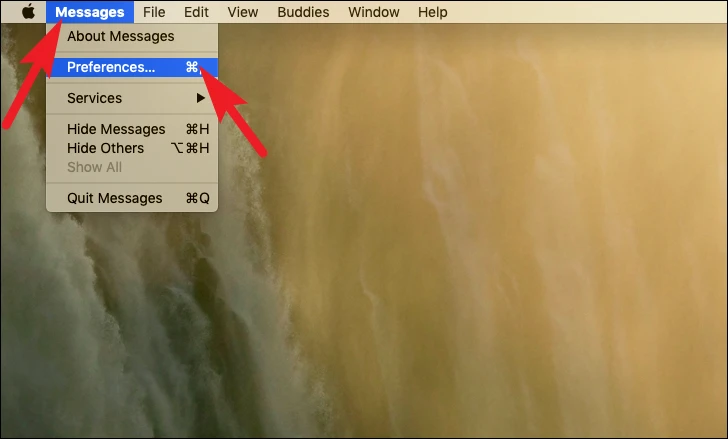
From the separately opened window, click on the ‘iMessage’ tab on the window and then click on the ‘Sign Out’ button to continue. This will bring up an overlay prompt on your screen.
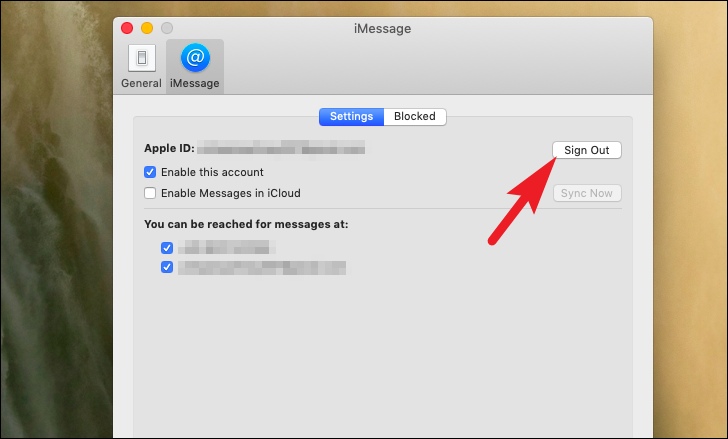
Now, again click on the ‘Sign Out’ button present on the overlay prompt to sign out of iMessage.
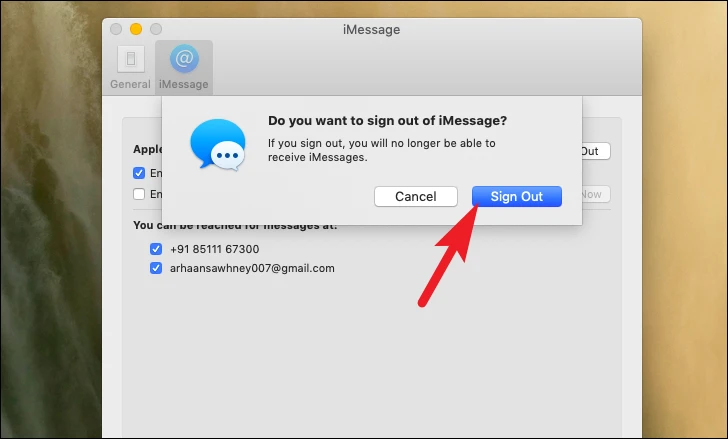
Once you have successfully logged out, you will need to sign back in. To do so, enter the Apple ID credentials you wish to use for communicating over iMessage and click on the ‘Next’ button to proceed.

You should be able to see the missing messages on your macOS device now. If that’s not the case, head to the next section and repeat the same process on your iOS device as well to push the recent messages to the server.
Sign Out and Sign in Again in iMessages on iPhone
Similar to the macOS counterpart, the process to sign out and sign back in again in iMessages on an iOS device is as plain sailing as it gets. It’s simple, fast, and easy to follow.
To do so, head to the ‘Settings’ app either from the home screen or from the app library of your iOS device.
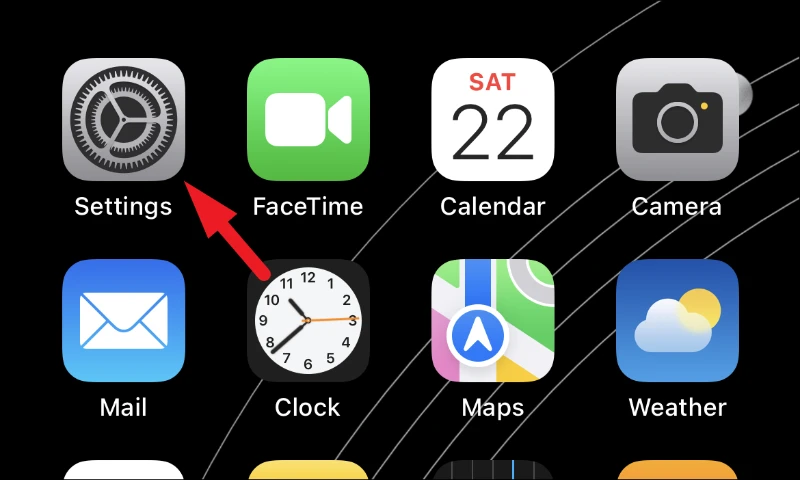
Next, locate and tap on the ‘Messages’ tile present on the screen to continue.

After that, on the ‘Messages’ settings screen, locate and tap on the ‘Send & Receive’ tile to proceed.

Next, locate the ‘Start New Conversations’ section on the page and then click on your Apple ID present under the section. This will bring up an overlay banner on your screen.
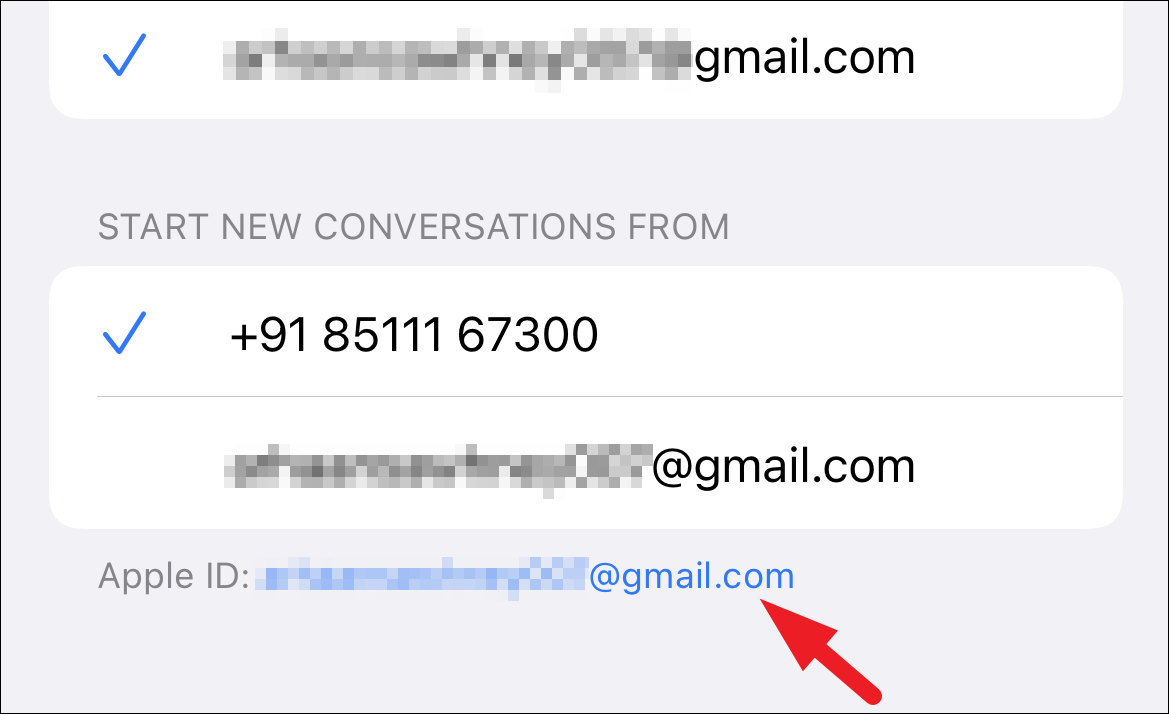
Now, from the overlay banner, tap on the ‘Sign Out’ button to sign out from the iMessages on your iPhone.
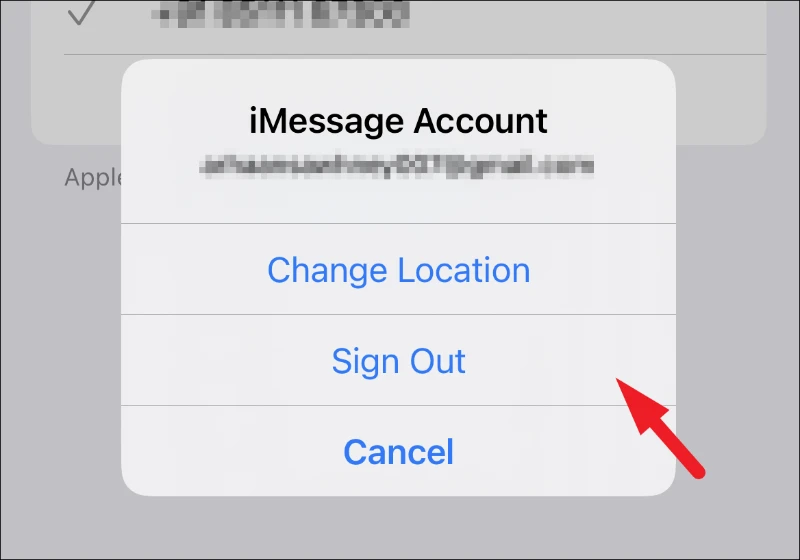
Once successfully logged out, wait for a few minutes and tap on the ‘Use Apple ID for iMessage’ to continue. This will bring up an overlay prompt on your screen.

Now, if you wish to sign in again using the same Apple ID, tap on the ‘Sign in’ button. In case you wish to use a different Apple ID, tap on the ‘Use Other Apple ID’ to continue.
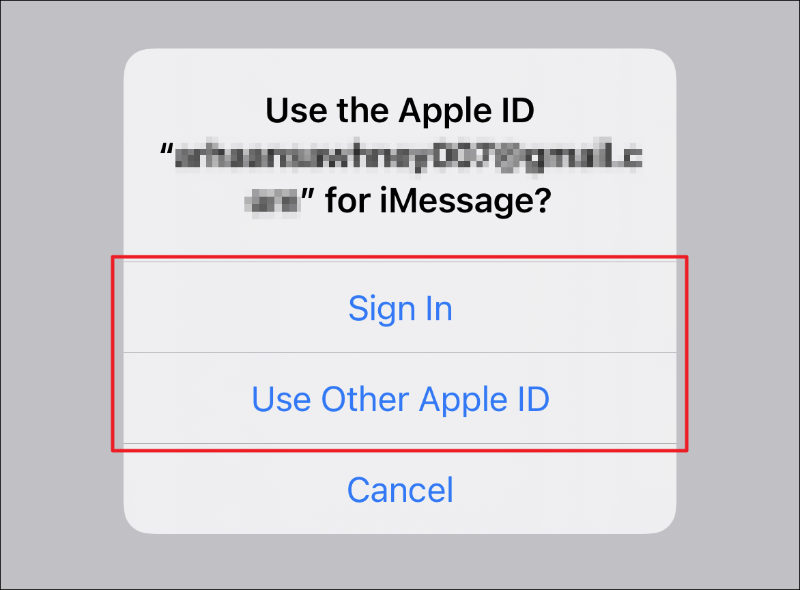
Once signed in, give your devices a couple of minutes to sync and your messages should show up on the macOS devices signed in with the same Apple ID.
There you go folks, hopefully, with these methods, you will be able to manually refresh the iMessage syncing.







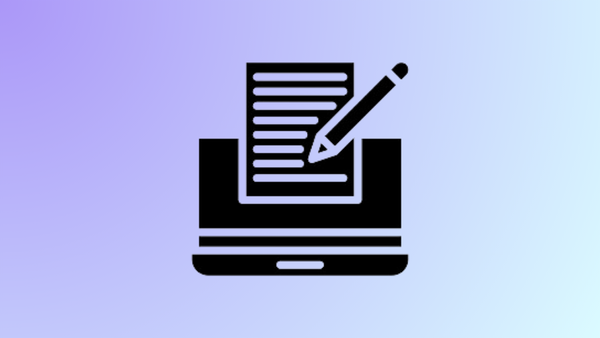

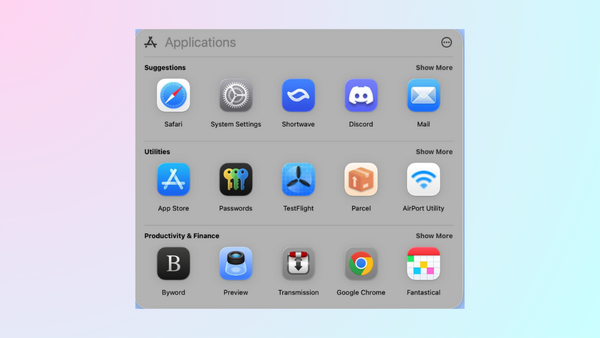
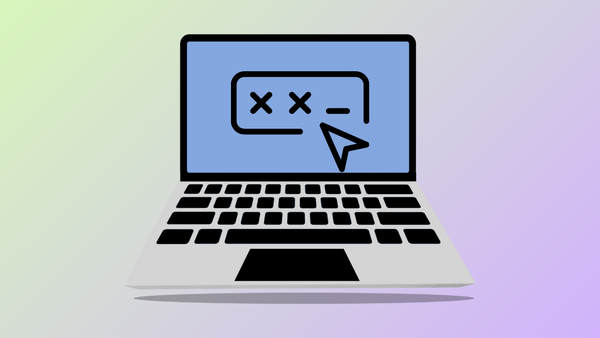
Member discussion